#marshes
Text
"Many people know about the Yellowstone wolf miracle. After wolves were reintroduced to the national park in the mid-1990s, streamside bushes that had been grazed to stubble by out-of-control elk populations started bouncing back. Streambank erosion decreased. Creatures such as songbirds that favor greenery along creeks returned. Nearby aspens flourished.
While there is debate about how much of this stemmed from the wolves shrinking the elk population and how much was a subtle shift in elk behavior, the overall change was dramatic. People were captivated by the idea that a single charismatic predator’s return could ripple through an entire ecosystem. The result was trumpeted in publications such as National Geographic.
But have you heard about the sea otters and the salt marshes? Probably not.
It turns out these sleek coastal mammals, hunted nearly to extinction for their plush pelts, can play a wolf-like role in rapidly disappearing salt marshes, according to new research. The findings highlight the transformative power of a top predator, and the potential ecosystem benefits from their return.
“It begs the question: In how many other ecosystems worldwide could the reintroduction of a former top predator yield similar benefits?” said Brian Silliman, a Duke University ecologist involved in the research.
The work focused on Elk Slough, a tidal estuary at the edge of California’s Monterey Bay. The salt marsh lining the slough’s banks has been shrinking for decades. Between 1956 and 2003, the area lost 50% of its salt marshes.
Such tidal marshes are critical to keeping shorelines from eroding into the sea, and they are in decline around the world. The damage is often blamed on a combination of human’s altering coastal water flows, rising seas and nutrient pollution that weakens the roots of marsh plants.
But in Elk Slough, a return of sea otters hinted that their earlier disappearance might have been a factor as well. As many as 300,000 sea otters once swam in the coastal waters of western North America, from Baja California north to the Aleutian Islands. But a fur trade begun by Europeans in the 1700s nearly wiped out the animals, reducing their numbers to just a few thousand by the early 1900s. Southern sea otters, which lived on the California coast, were thought to be extinct until a handful were found in the early 1900s.
In the late 1900s, conservation organizations and government agencies embarked on an effort to revive the southern sea otters, which remain protected under the Endangered Species Act. In Monterey Bay, the Monterey Bay Aquarium selected Elk Slough as a prime place to release orphaned young sea otters taken in by the aquarium.
As the otter numbers grew, the dynamics within the salt marsh changed. Between 2008 and 2018, erosion of tidal creeks in the estuary fell by around 70% as otter numbers recovered from just 11 animals to nearly 120 following a population crash tied to an intense El Niño climate cycle.
While suggestive, those results are hardly bulletproof evidence of a link between otters and erosion. Nor does it explain how that might work.
To get a more detailed picture, the researchers visited 5 small tidal creeks feeding into the main slough. At each one, they enclosed some of the marsh with fencing to keep out otters, while other spots were left open. Over three years, they monitored the diverging fates of the different patches.
The results showed that otter presence made a dramatic difference in the condition of the marsh. They also helped illuminate why this was happening. It comes down to the otters’ appetite for small burrowing crabs that live in the marsh.
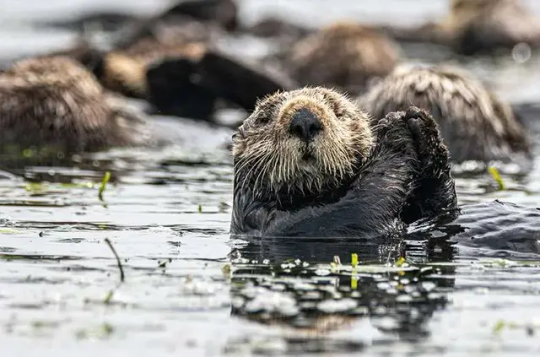
Adult otters need to eat around 25% of their body weight every day to endure the cold Pacific Ocean waters, the equivalent of 20 to 25 pounds. And crabs are one of their favorite meals. After three years, crab densities were 68% higher in fenced areas beyond the reach of otters. The number of crab burrows was also higher. At the same time, marsh grasses inside the fences fared worse, with 48% less mass of leaves and stems and 15% less root mass, a critical feature for capturing sediment that could otherwise wash away, the scientists reported in late January in Nature.
The results point to the crabs as a culprit in the decline of the marshes, as they excavate their holes and feed on the plant roots. It also shows the returning otters’ potential as a marsh savior, even in the face of rising sea levels and continued pollution. In tidal creeks with high numbers of otters, creek erosion was just 5 centimeters per year, 69% lower than in creeks with fewer otters and a far cry from earlier erosion of as much as 30 centimeters per year.
“The return of the sea otters didn’t reverse the losses, but it did slow them to a point that these systems could restabilize despite all the other pressures they are subject to,” said Brent Hughes, a biology professor at Sonoma State University and former postdoctoral researcher in Silliman’s Duke lab.
The findings raise the question of whether other coastal ecosystems might benefit from a return of top predators. The scientists note that a number of these places were once filled with such toothy creatures as bears, crocodiles, sharks, wolves, lions and dolphins. Sea otters are still largely absent along much of the West Coast.
As people wrestle to hold back the seas and revive their ailing coasts, a predator revival could offer relatively cheap and effective assistance. “It would cost millions of dollars for humans to rebuild these creek banks and restore these marshes,” Silliman said of Elk Slough. “The sea otters are stabilizing them for free in exchange for an all-you-can-eat crab feast.”"
-via Anthropocene Magazine, February 7, 2024
#otters#sea otters#conservation#erosion#coastal erosion#coastline#marshes#saltwater#marine science#marine biology#marine animals#sea creatures#ocean#sustainability#soil erosion#erosion control#crab#good news#hope
3K notes
·
View notes
Text


A River in Autumn
Composition (Marshlands)
Collages on mountboard
11.7 x 16.5
Prints of these and all my other collages are on inprnt
#artists on tumblr#art#illustration#collage#drawing#collage art#painting#chinese art#marshes#riverbed#black and white
2K notes
·
View notes
Text





The red crowned crane traditionally nests in marshes, but most have been drained. So the cranes are raising their offspring in an irrigation channel. All through the summer, the chick is entirely dependent its parents for food. The family won't be able to move on until the chick can fly.
BBC Earth
2K notes
·
View notes
Photo
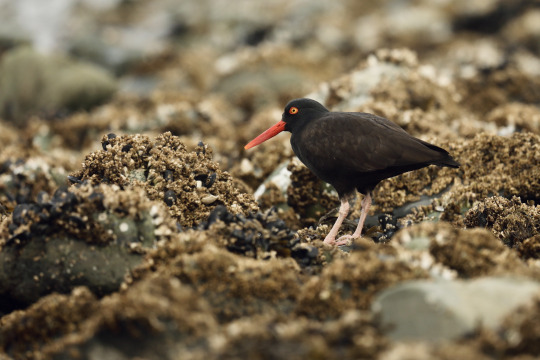
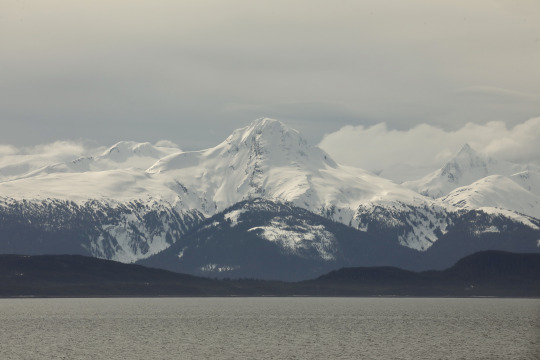
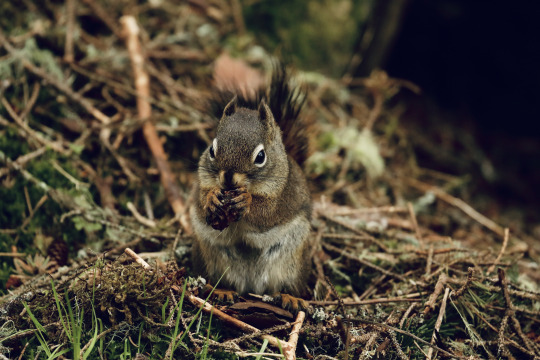
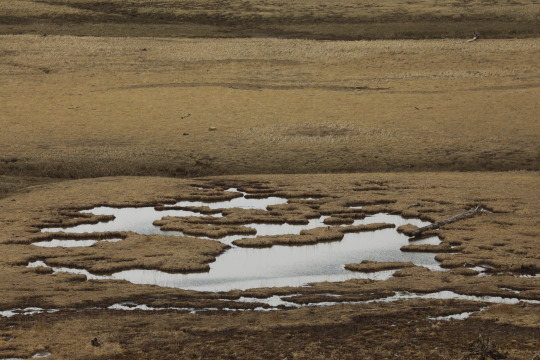
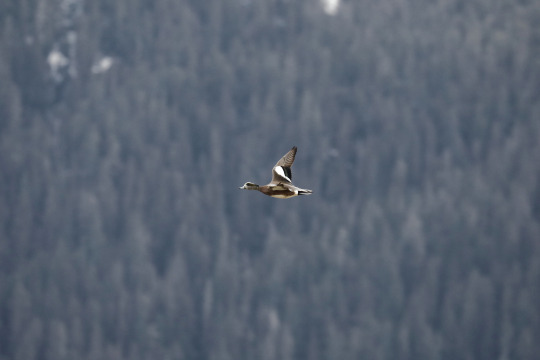
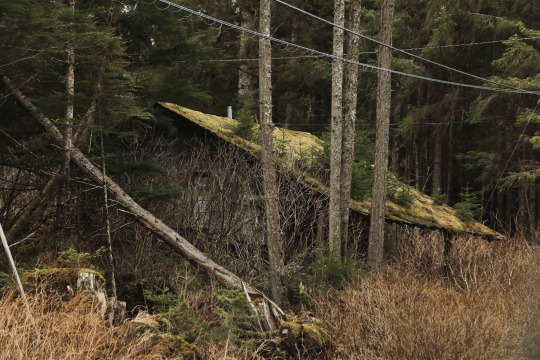
April in Juneau, Alaska
#juneau#southeast alaska#american wigeon#black oystercatcher#squirrels#abandoned buildings#mountains#marshes#my photos#my places
425 notes
·
View notes
Text

Nothing feels quite like home to me more than the marsh creeks.
#pretty sunset!!#marsh#inlet creek#creek#marshes#salt marsh#saltlife#sunset#outdoors#nature#naturecore#beautiful#adventure#travel#adventurecore#nature aesthetic#ocean aesthetic#oceancore#beach#beach aesthetic#Lowcountry#south Carolina#southern#southern aesthetic#dm me#me#message me#dms#photography#let’s talk
90 notes
·
View notes
Text

Charlotte Keppel - The Villains - Piatkus - 1980
#witches#villains#occult#vintage#the villains#piatkus#charlotte keppel#haunting tale#marshes#1980#a haunting tale of the marshes
54 notes
·
View notes
Text

Harris Salt Marshes ⛰️
#Scotland#Scottish#ScottishLandscape#LandscapePhotography#Photography#Landscape#Scenery#ScenicViews#Travel#TravelInspiration#UK#UnitedKingdom#GreatBritain#Harris#IsleOfHarris#Marshes#SaltMarshes#ScottishIsles
270 notes
·
View notes
Text



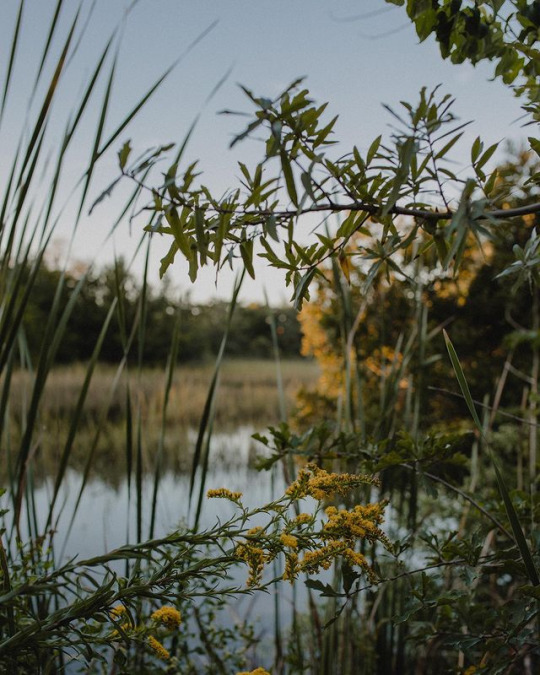


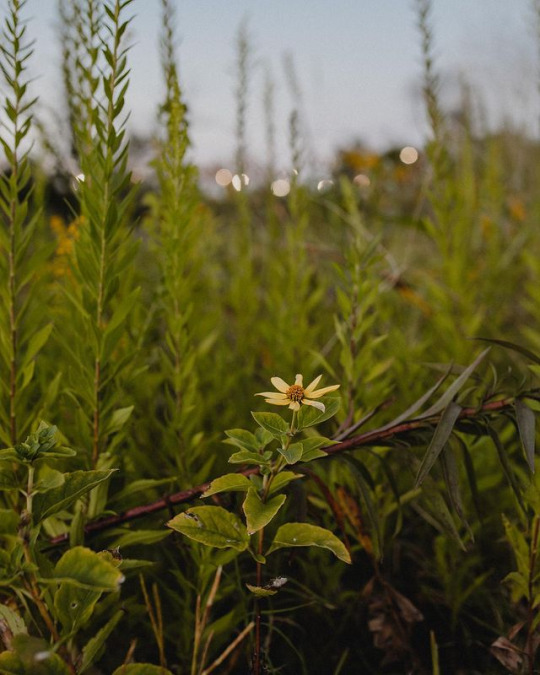


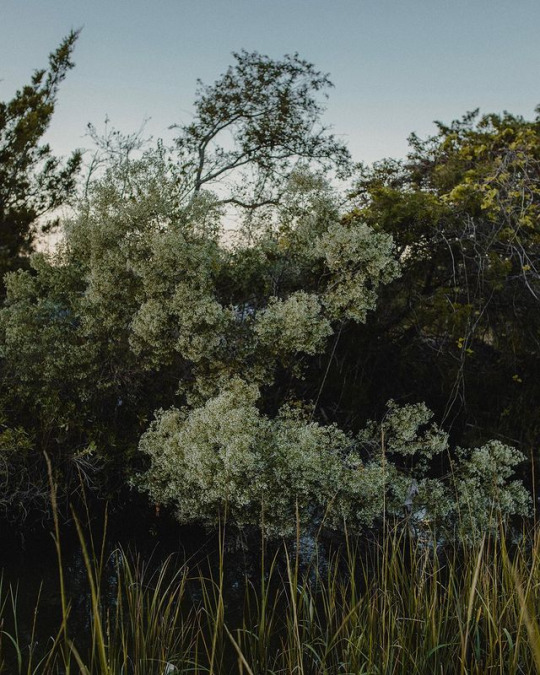
Autumn at Gadsden Creek in Charleston, SC. Photos by Caroline Rose Frady.
64 notes
·
View notes
Photo

Seashore, marshes and dunes, Provincetown, Cape Cod
116 notes
·
View notes
Photo

Foulness Island, Essex.
62 notes
·
View notes
Text

chemin saint-jacques, saint-pierre-de-joliette
16 notes
·
View notes
Text
Good Climate News: Headline Roundup April 1st through April 15th, 2023
Contrary to what you might expect, there's actually way more good climate news stories than I have time to post about individually. (Especially now that my health is better and I'm back to working more!) Which itself is fantastic news!
Some stories are big, some are small, but they all add up. All over the world, people are doing far more than we realize to help save the planet - and ourselves.
I'm posting this is mid-May bc I've gotten really behind on news posts, but trust me, there will be more roundups coming. And this is SO FAR from all the good climate news in April 2023. I may do weekly roundups in the future.
So, without further ado, some reasons to have hope, all from just April of 2023:
^Article date: 4/15/23
^Article date: 4/14/23. And to clarify, the cleanup will NOT be temporary, they are building infrastructure and changing laws for the long term.
^Article date: 4/13/23
^Article date: 4/12/23
^Article date: 4/10/23
^Article date: 4/12/23
^Article date: 4/11/23
^Article date: 4/8/23
^Article date: 4/5/23
More roundup posts to come!
#climate#sustainability#climate change#biodiversity#marshes#sparrows#india#united states#united kingdom#wales#france#senegal#madagascar#georgia#texas#milkweed#rivers#conservation#conservation news#water pollution#electric vehicles#reforestation#trees#good news#hope
200 notes
·
View notes
Text
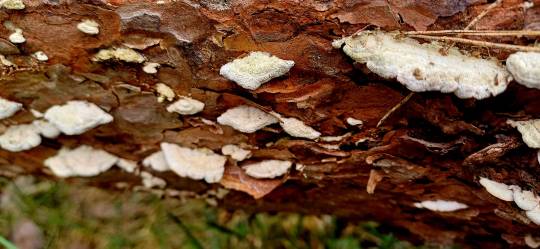

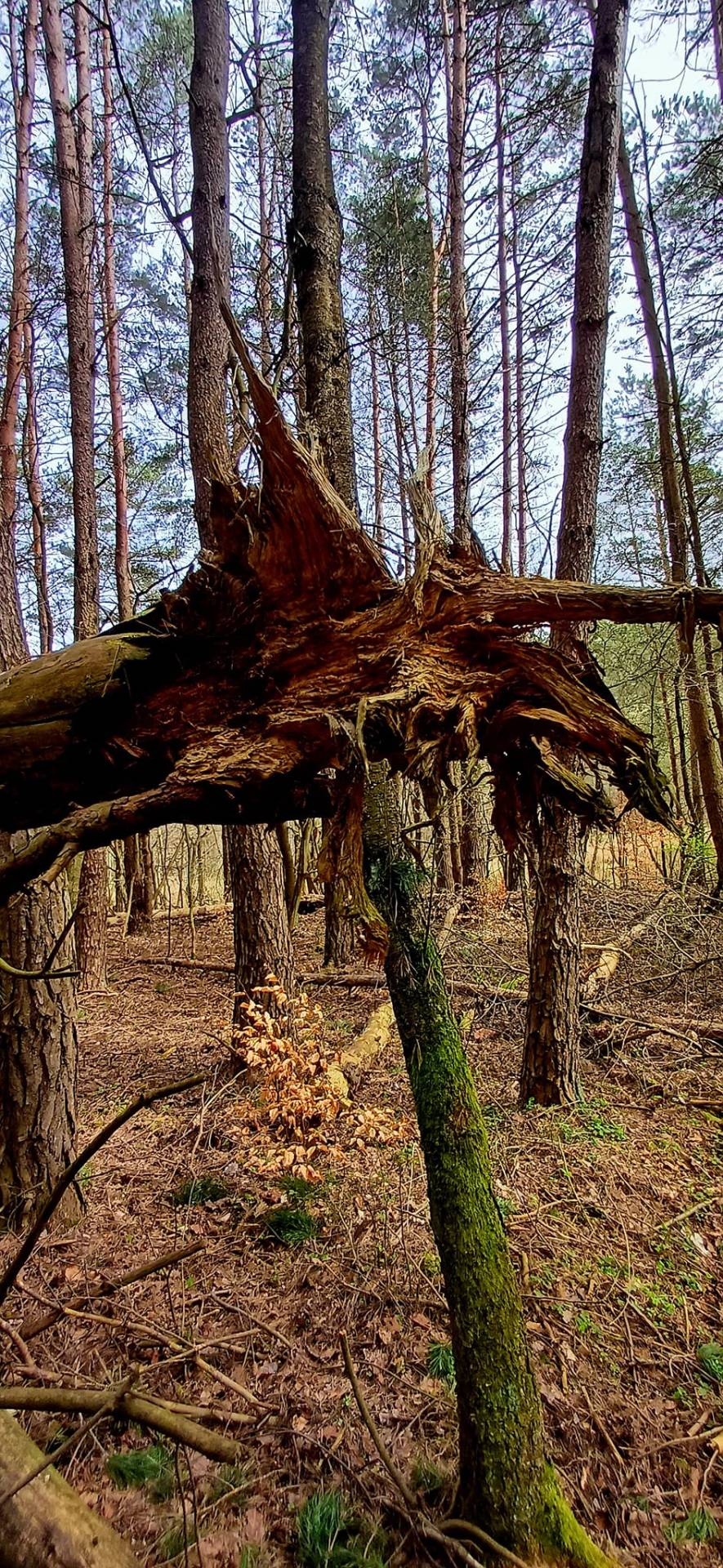
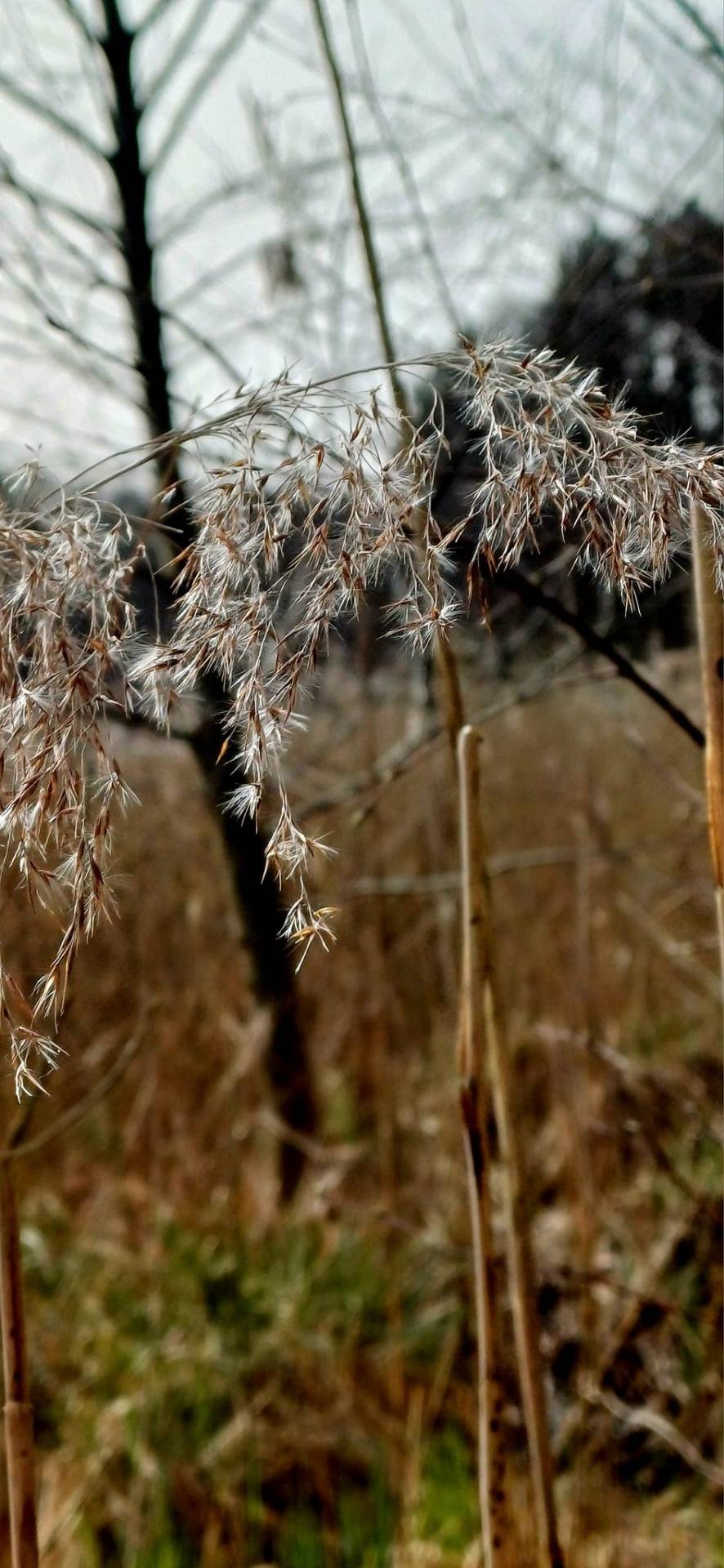






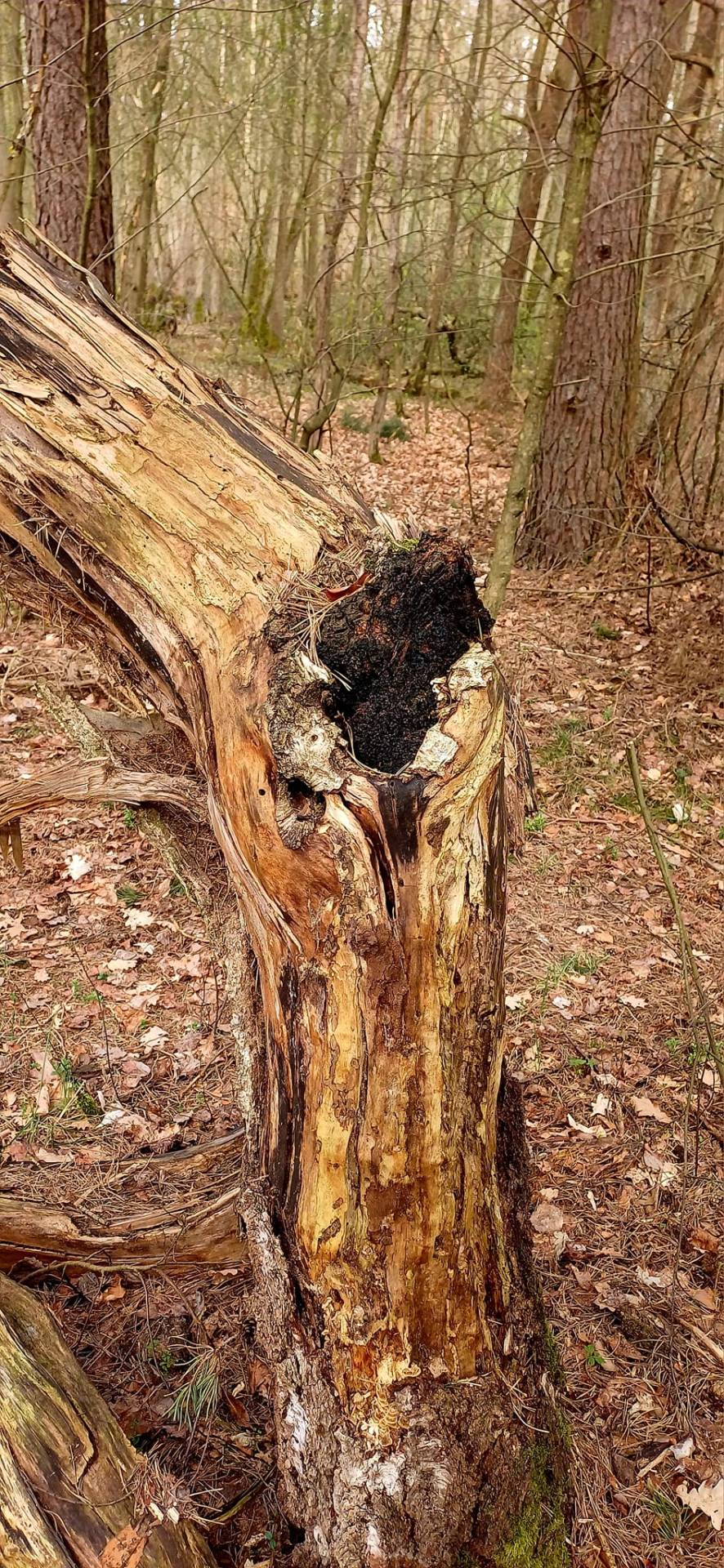
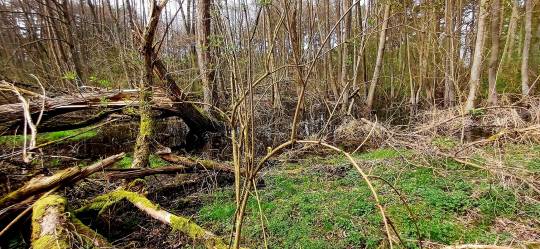



The secret marshes of Borne Sulinowo.
8 notes
·
View notes
Photo

Aiguamolls de Molins de Rei / Marshes in Molins de Rei (Barcelona Metropolitan Ambit, Catalonia).
Photo by Turisme Baix Llobregat.
#molins de rei#catalunya#fotografia#landscape#marshes#marsh#water#river#baix llobregat#landscape photography#nature#natura#beautiful places#earth#calm#cottagecore#europe#nature photography#curators on tumblr
35 notes
·
View notes
Text
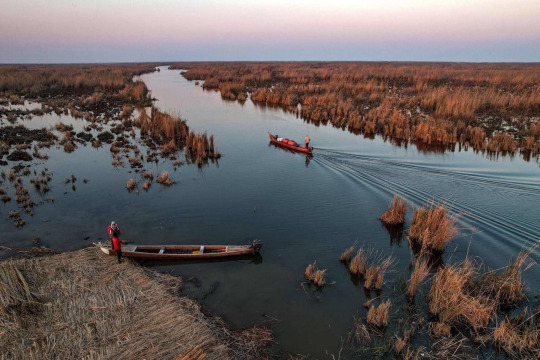
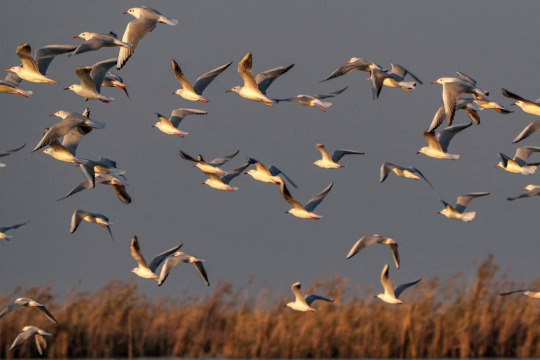
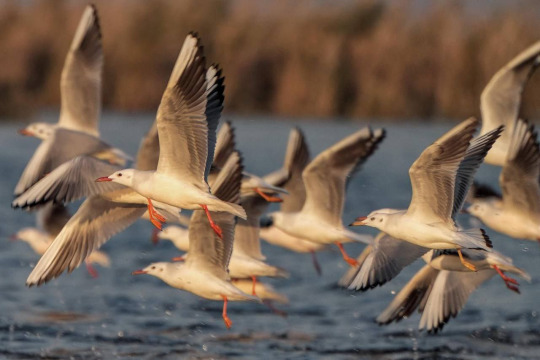
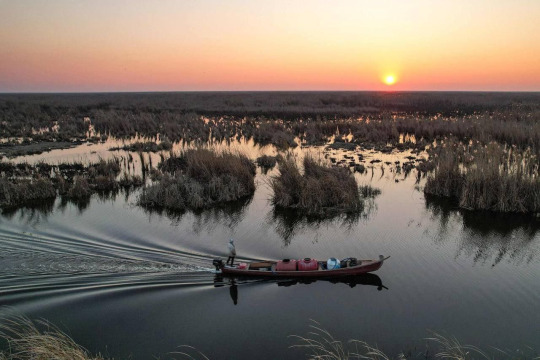
اهوار الجبايش - ذي قار
#اهوار الجبايش#ذي قار#الناصريه#العراق#iraq#Dhi Qar#Nasiriyah#Marshes#aestethic#nautical#nature#photography#photografy#water aesthetic#boat#fishman#من حساب ايام العمر في تويتر
79 notes
·
View notes
Text
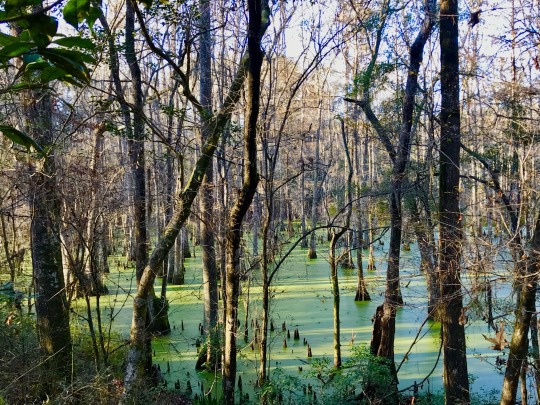
Drinks at 8
We all float about
Like the Scottish weather
To don this human veil of authority
Is a burden beyond ability
Like meeting for drinks at 8
Before my mind goes about it’s appointed rounds
Sweeping up the night
My heart is somewhere in the salt marshes of my soul
And my anger is slithering silently across the fertile ground
Waiting to strike
I see ancient smoke rising from a clearing in Carolina
Silver waves crashing in on pristine shores
Words in the ether
Emotions in your tether
Meeting for drinks at 8
I think I will leave it right here
And let all the belles slip back into the shadows of Hellhole Swamp
Amongst the musket balls and arrowheads of my youth
Tonight I’ll sleep alone
And wrestle with Jacob’s ghost
And dream of Valhalla ….
….Drinks at 8
Rolloroberson©️2023
“But you gave away the things you loved,
And one of them was me
I had a dream…
There were clouds in my coffee
Clouds in my coffee… “- Carly Simon
#poetry#southern poets#poets on tumblr#original poetry#original poets on tumblr#my poetry#rolloroberson#south carolina lowcountry#hellhole swamp#marshes#scotland#clan donnachaidh#swamp fox#eden#loneliness#wrestling with adonai#jacob’s ladder#my photography#blackwater cypress swamps#scandinavian ancestry#scottish ancestry#valhalla
23 notes
·
View notes